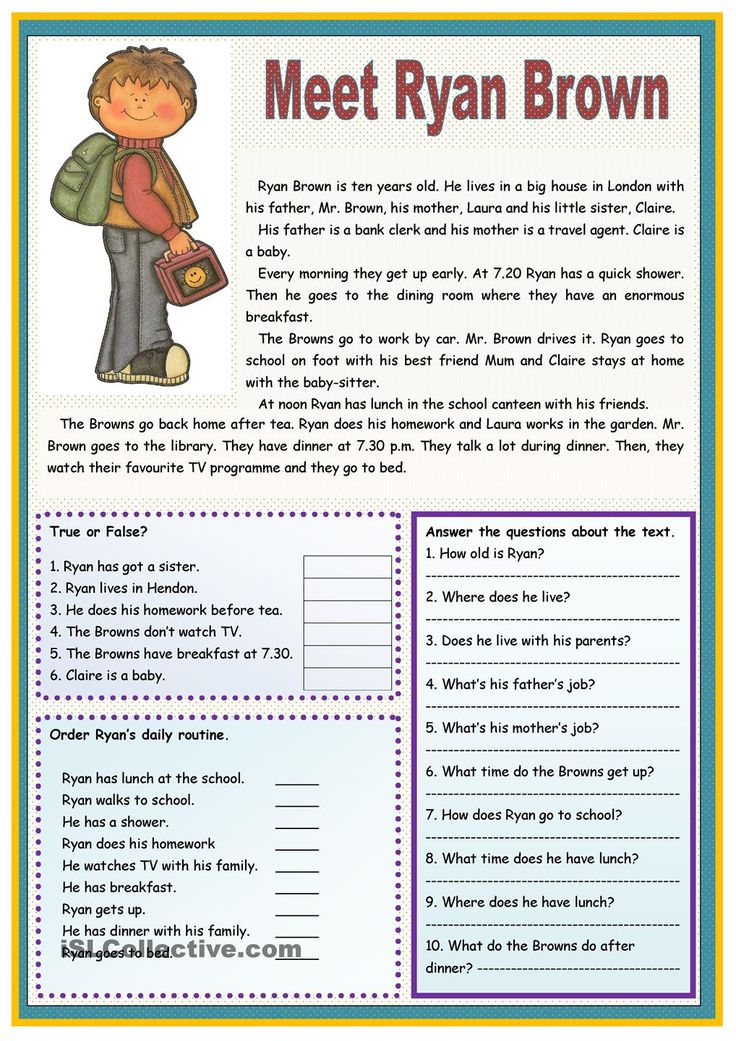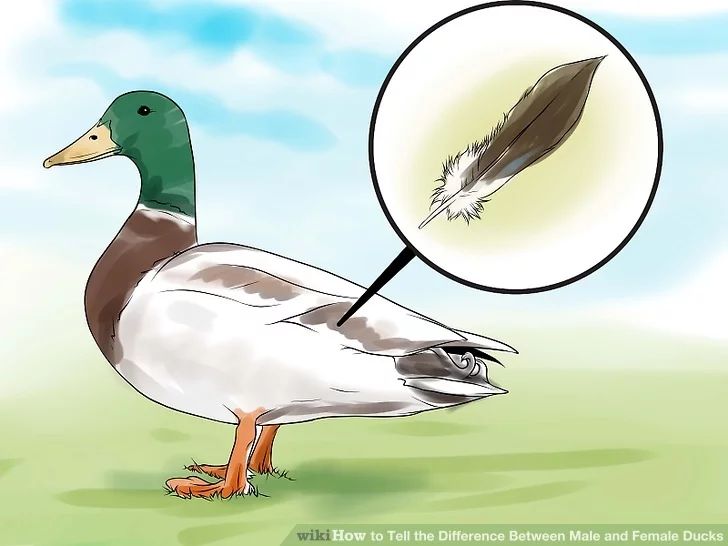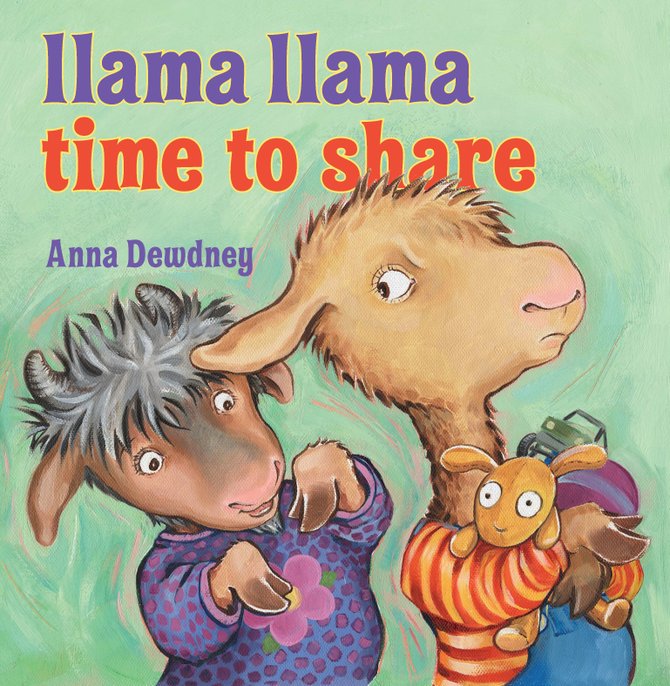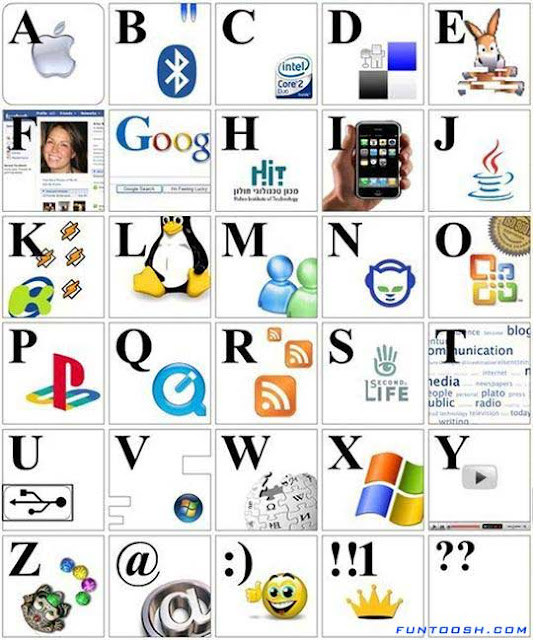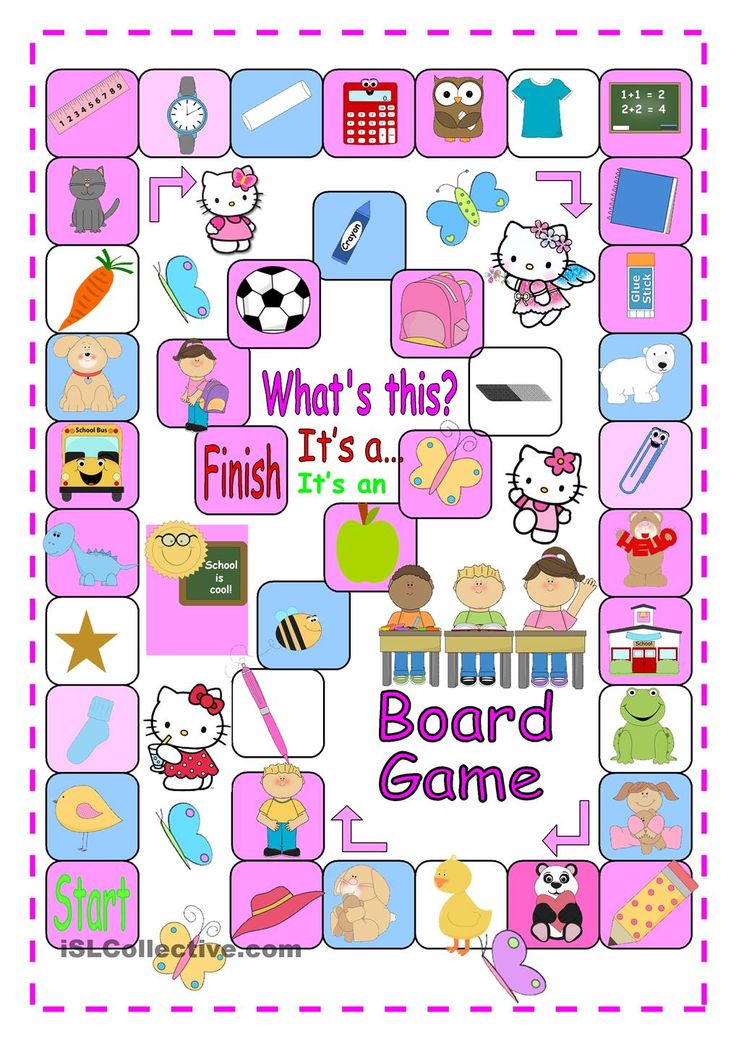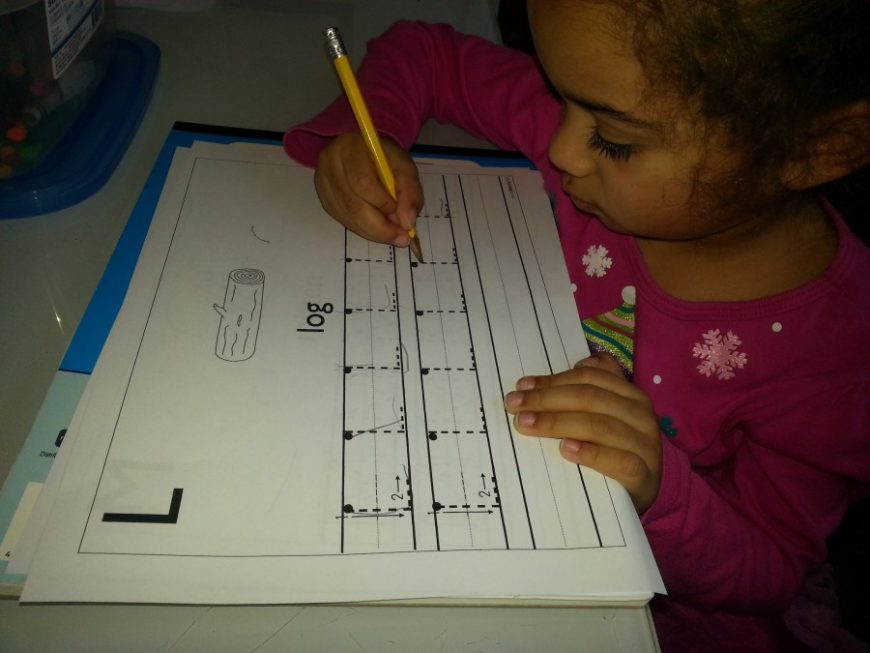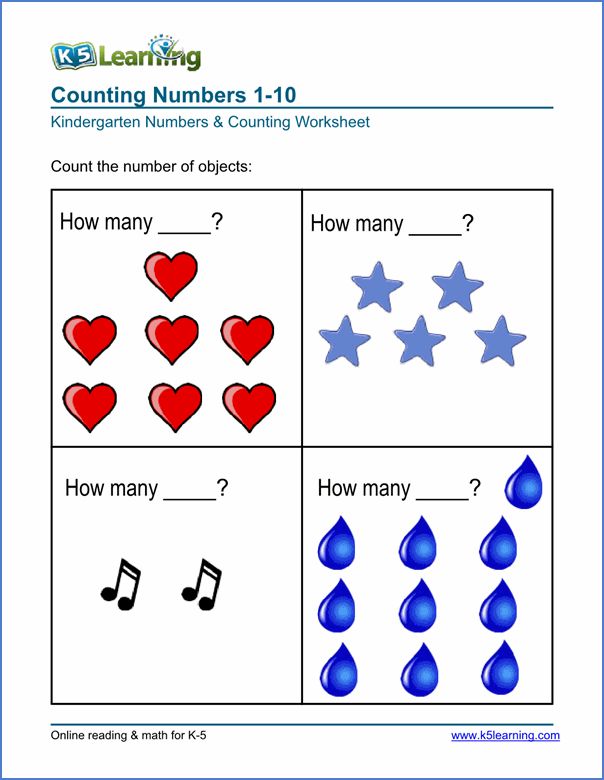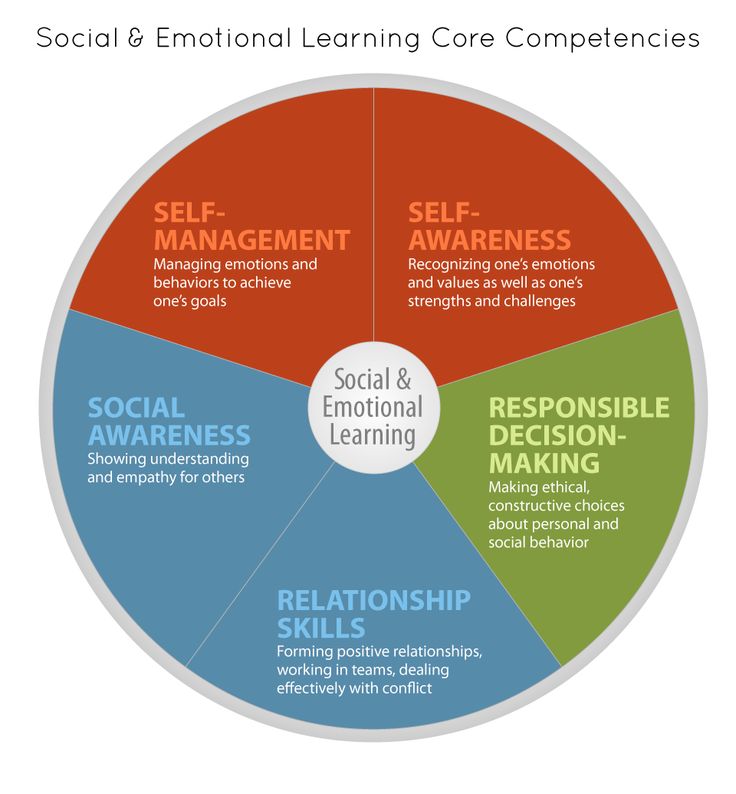Activities for 4yr olds
15 activities for 4-year-olds to educate and entertain
What can we help you find? ArrowLeftRed SearchRed SearchClose
BackHere are several fun things to do with curious 4-year-olds who always want to try something new.
If you’re the parent or nanny of a 4-year old, it’s no surprise children this age have a short attention span and always seem to be in search of something to do. They’re also curious to discover new things and constantly learning. Here are several activity ideas for 4-year-olds that can both entertain and engage them.
Outdoor play
1. Sidewalk chalk
Using the sidewalk as a canvas inspires them to think big. Sidewalk chalk can also be used for hopscotch, tic-tac-toe, tracing out a roadway for toy cars or even making life-size game boards, which is the perfect combination of creativity and physical play.
2. Nature walk
A great way to make fresh air educational is a nature walk. Collecting leaves, interesting rocks or acorns can be a great way for kids to learn about their environment. Be sure to supervise that what they’re touching is not something harmful like poison ivy.
3. Sandbox
Adding a few plastic dinosaurs to your child’s sandbox for a dinosaur dig or even coins for a treasure hunt can make sand really exciting and ignite a hunger for exploration and discovery. Sand can also be one of the best activities for 4-year-olds who love building and construction.
Independent play
4. Book exploration
Letting your 4-year-old explore books is an important activity as she develops the skills necessary to read. Looking at pictures, imagining their own stories and reading aloud are all invaluable.
5. Dry erase boards
Your child can practice new writing skills or draw a picture from his imagination. Without a lot of different materials to confuse or overwhelm him, this simple activity is perfect to entertain.
6.
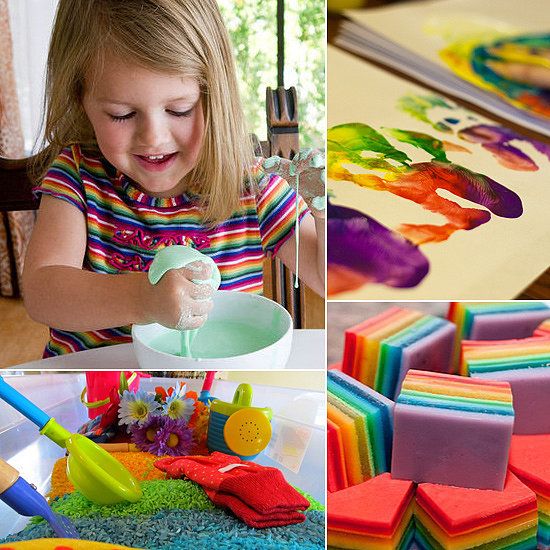 Stickers
StickersLetting your child play with stickers is a great way for her to manipulate materials, develop fine motor skills and control the progress of the activity.
Creative play
7. Dough
Manipulating clay or modeling compound is an open-ended way for kids to create and express their imagination with the benefit of developing their fine motor skills.
8. Dramatic play
A few costumes or props are all that your 4-year-old needs to act out different roles such as pretending to be mommy or daddy, a chef, farmer, ice princess or whatever his growing imagination thinks of. This type of play helps him to learn about other people in the community and is a great way to introduce new vocabulary words.
9. Art
Paint, crayons, markers, pipe cleaners, tissue paper — the supplies and possibilities are endless. Providing an opportunity for your children to express themselves, their ideas and their emotions helps them develop valuable communication skills that they will use for sharing with others their entire lives.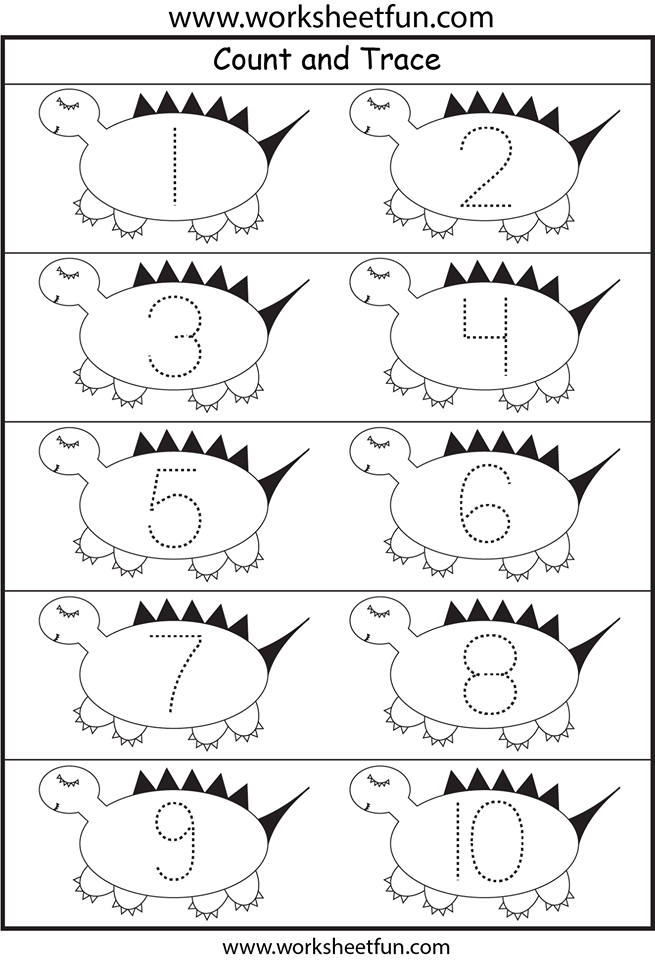
Water play
10. Laboratory
Use a few bottles of colored water to allow your children to mix and create new colors. You can also let them add dish soap or mud so they can experiment with materials and their results when added to water.
11. Washing
Let your child wash things with a bin of water, some soap and a rag or scrub brush, or even let her wash a few dishes. Although this cleaning activity could get messy, she will take great pride in the chore.
12. Ice dig
Plan ahead and freeze a few small plastic toys in water, and then let your kids dig and chip the toys out. Ice is an exciting substance to discover, and because it melts, the fun lasts for a long time.
Physical play
13. Playground
Visiting the playground in your community is a great way for your 4-year-old to socialize with other kids as well as get a little exercise to burn off some of that extra energy he has.
14. Obstacle course
For more substantial physical activity, try creating an obstacle course with a variety of different activities like balancing, hopping and running throughout your yard or local park.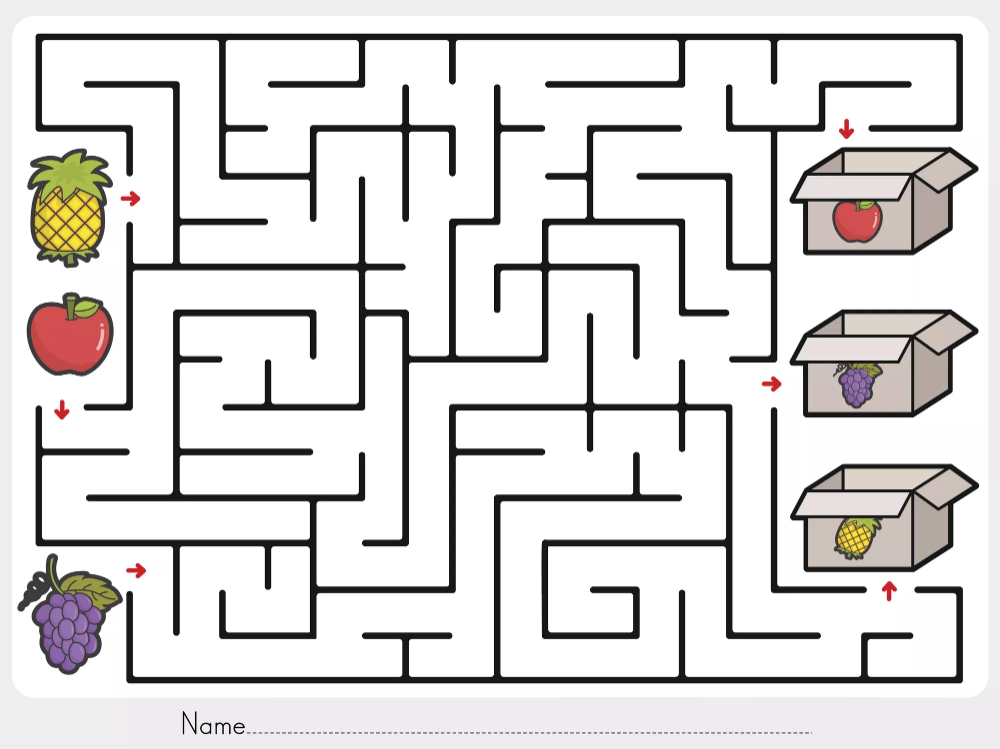
15. Sports
Whatever your 4-year-old’s favorite sport might be, sports equipment is a great way for her to be more involved in the activities that she loves. Sports can also be a way to teach sportsmanship, gross motor skills and hand-eye coordination.
Like what you're reading?
Join Care for FREE
EmailPlease enter a valid email address
Click 'Next' to start an account and get tips, tricks and trending stories.
Already Registered
The email address you entered is already registered. Would you like to log in?
Log in
Almost done!
Join Care for FREE
Create a free account to access our nation wide network of background checked caregivers.
First Name
Please enter first name
Last Name
Please enter last name
Zip CodePlease enter a valid zip code
By clicking "Join now," you agree to our Terms of Use and Privacy Policy.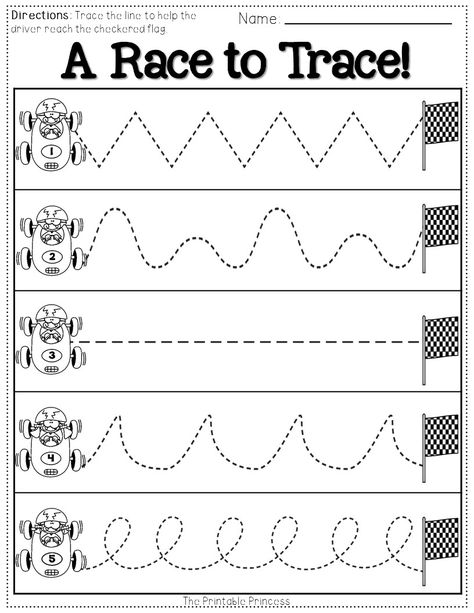
Welcome to Care!
You're on your way to finding someone your family will love.
Start now
22 Best Activities For 4-Year-Olds At Home (2022)
Table of Contents
Updated on by Lyric Fergusson
Four years old is an extremely fun age as your preschooler is learning an entirely new set of skills and perfecting the ones that they have already learned.
There are never ending opportunities for activities that you can do with your little one and almost as many that they can do alone. Four is a great age to really encourage independent play and give them opportunities to entertain themselves.
Towards the end of the article we also have some helpful suggestions on free activities for 4-year-olds that will keep your little person busy!
Our son, Kingsley, with his baby sister on their new climbing gym.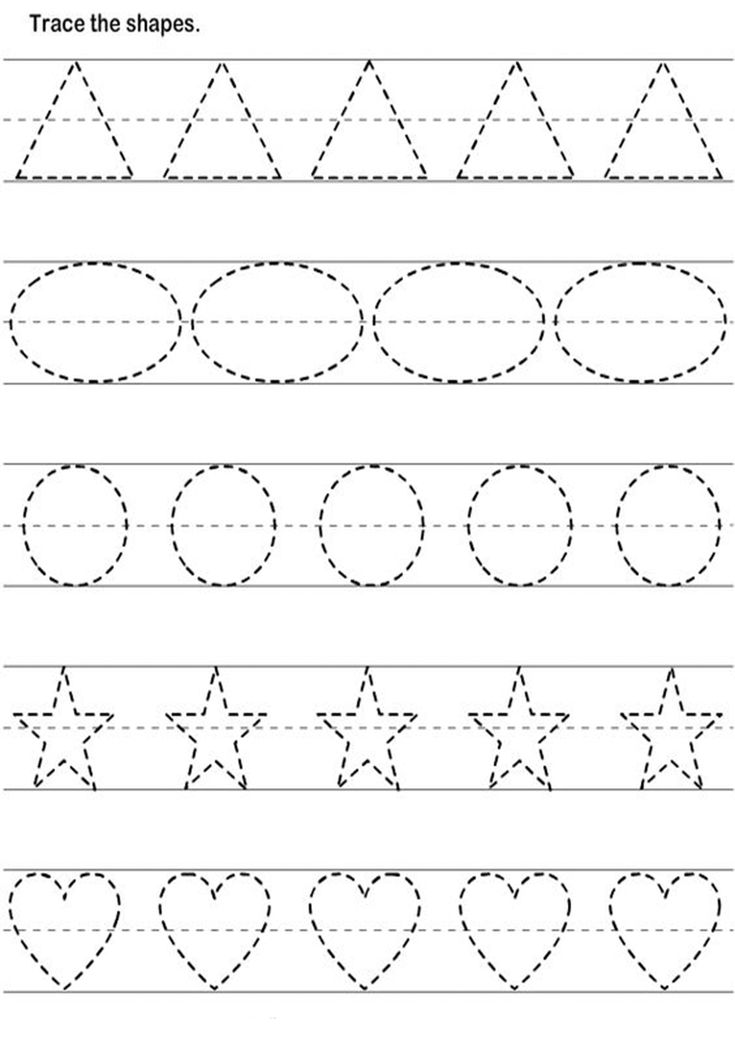
22 Engaging Activities for 4-Year-Olds
-
1. Practice with Flashcards
Flash cards are a fun way for your four-year-old to perfect their knowledge of shapes, colors, letters, and numbers. This is an educational activity that you can do with your child as well as something that they can do on their own.
View on Amazon.com ➜
-
2. Learn with a Play Laptop
Leapfrog laptops are an awesome way to let your preschooler learn their letters in a fun and independent way. Working with the buttons is a great way to improve their fine motor skills and your little one will love working on his laptop while you work on yours.
View on Amazon.com ➜
-
3. Play with Puzzles
At four, your little one should be able to put together a simple puzzle with around fifty or less pieces. Allowing your preschooler to play with puzzles is a great developmental activity that helps with dexterity, spatial awareness, and cognitive skills. As a bonus, this is something that can be done multiple times without it losing its luster.
View on Amazon.com ➜
-
4. Practice Drawing with Crayons
Crayons are fun and inexpensive which makes it an ideal learning activity for a lively preschooler. At four, you are able to give them a little more freedom to color without having to worry as much about the mess they will make. It’s a fantastic and easy activity to perfect their fine motor skills and encourage their imagination.
View on Amazon.com ➜
-
5. Play with Playdough
Play dough has endless combinations which not only makes this fun activity entertaining, but also lasting. Your little one can enjoy hours of rolling, shaping, and cutting all the while using their imagination and creativity.
View on Amazon.com ➜
-
6. Build a Fort
Forts are even more fun at this age than ever before because your preschooler can make it exactly what they want. It becomes a fun place for them to read books, play with stuffed animals, and maybe even take a nap. Fort kits are a fun way to let your child’s imagination really run free because of the endless combinations you can create.
View on Amazon.com ➜
-
7. Ride a Horse or a Unicorn!
PonyCycle is a fun way for kiddos to burn off some extra energy indoors or outdoors.
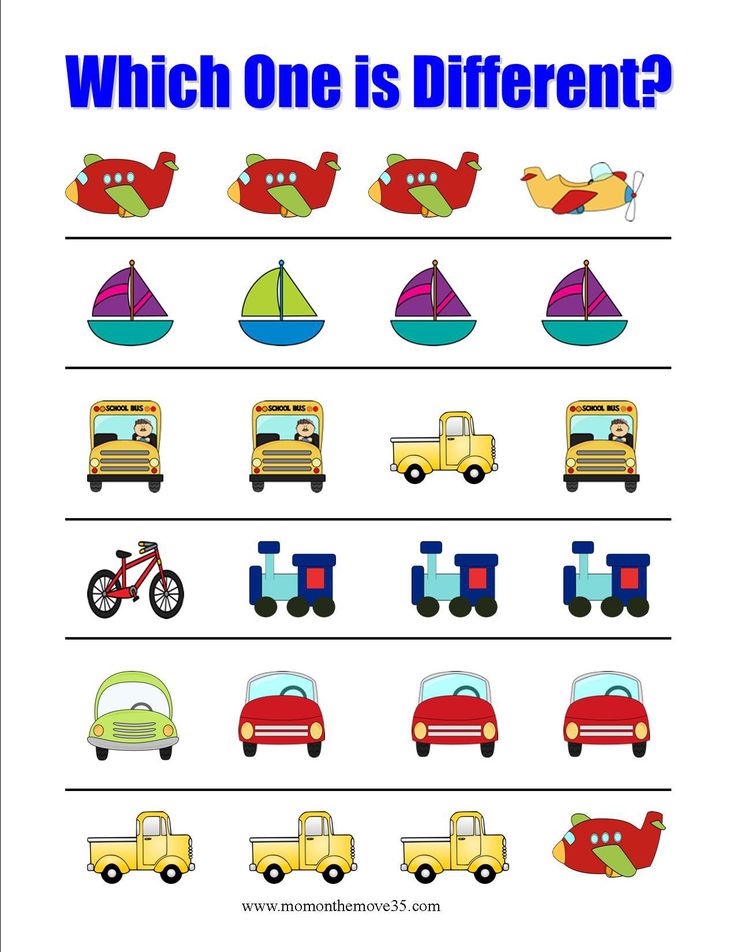 Easy for kids to operate on their own, this riding toy doesn’t require batteries or electricity to move. Functional steering and braking provide a “kid-powered” experience that’s not only practical but a great way to get some extra exercise. Available in a range of sizes and styles, PonyCycle’s soft fur and friendly face make for a lovable plush companion between rides.
Easy for kids to operate on their own, this riding toy doesn’t require batteries or electricity to move. Functional steering and braking provide a “kid-powered” experience that’s not only practical but a great way to get some extra exercise. Available in a range of sizes and styles, PonyCycle’s soft fur and friendly face make for a lovable plush companion between rides.View on Amazon.com ➜
-
8. Play a Board Game
Although this is a fun activity for four-year-old’s, it does require a second player. However, board games are a great learning activity to teach your little one about taking turns and following instructions. They will simply feel like they are playing while they are learning these important life skills.
View on Amazon.com ➜
-
9.
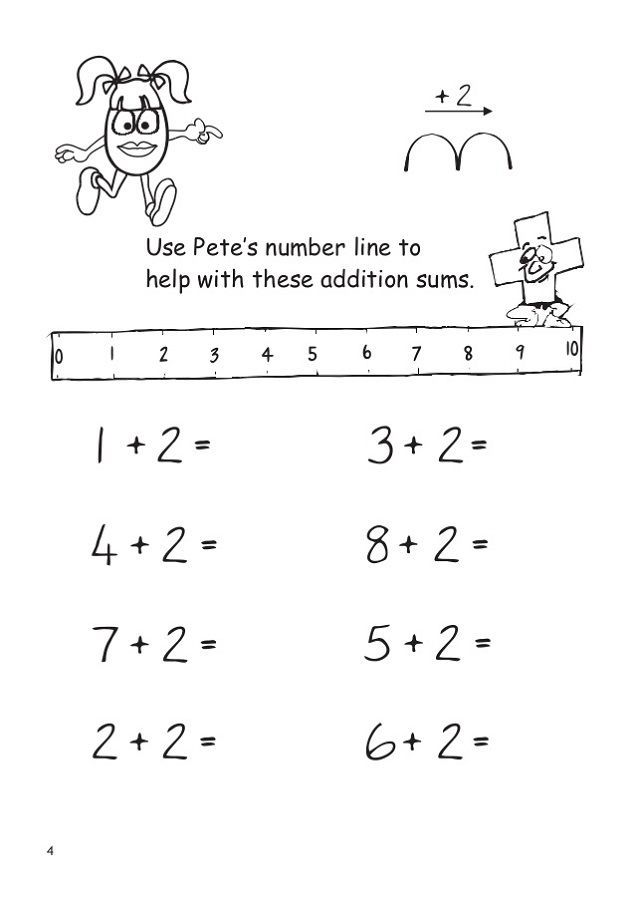 Play with Musical Instruments
Play with Musical InstrumentsMusic is crucial for children’s development and playing with instruments is a fantastic and stimulating activity for preschoolers. Simply playing some music and allowing your little one to play along with it is a fun way to keep them busy and let them learn at the same time.
View on Amazon.com ➜
-
10. Play Pretend with Imaginative Toys
At this age, your little one is using their imagination at all times. You can foster that creativity by allowing them to play pretend whether that be chef, doctor, or astronaut. Having toys that your little one can play with to help their imagination is a great way to encourage imaginative play.
View on Amazon.com ➜
-
11. Imaginative Play with Dress Up
Dress up is fun for kids of all ages and four-year-olds are no exception.
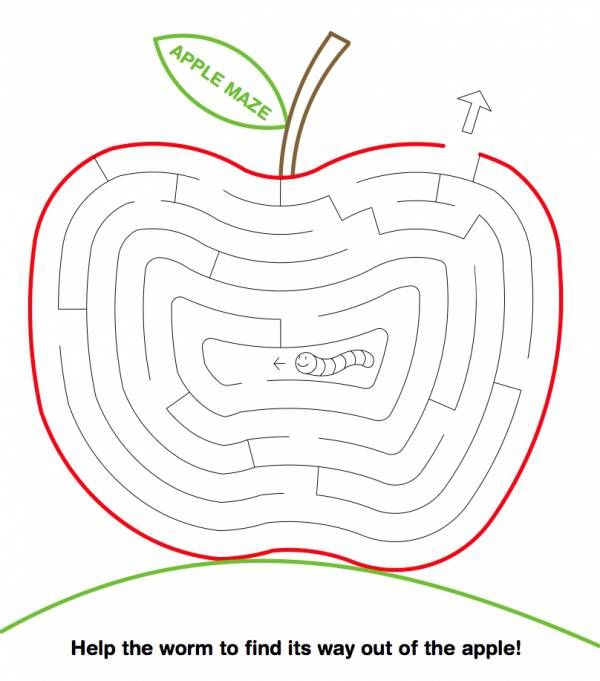 There are a plethora of different costumes you can let your little one experiment with, and they will enjoy running around playing pretend and dreaming.
There are a plethora of different costumes you can let your little one experiment with, and they will enjoy running around playing pretend and dreaming.View on Amazon.com ➜
On An Important Side Note… Asher and I (pictured) feel it’s necessary to highlight the value of life insurance for parents with young kids. After extensive research, we discovered that parents can get insured for as little as $10 per month. We use Ladder Life who offers coverage up to $3M per parent (without a medical exam, just a few health questions) and you can apply 100% online.
Get a quote in less than 30 seconds at LadderLife.com ➜
-
12. Build with Legos
Legos are great for both imaginative play and practicing dexterity. The bright colors make this a stimulating activity for preschoolers and they will have fun experimenting with different shapes and structures as they learn more about foundations and building techniques.
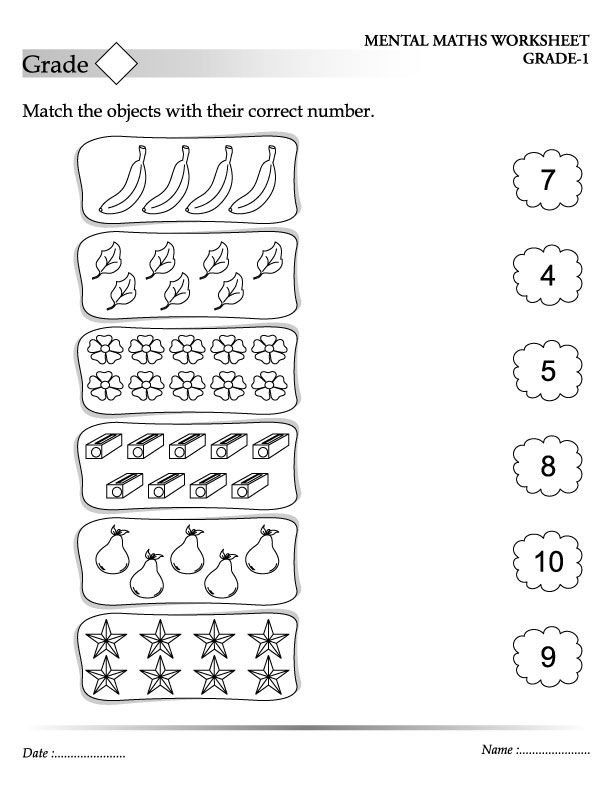
View on Amazon.com ➜
-
13. Make a Sensory Bin
Sensory activities are an awesome way to stimulate and entertain your little one. At four, you are able to branch out a little bit with the fillers that you use because you are able to trust that they aren’t going to try to eat it. I love using kinetic sand for sensory bins now that my son is older because it not only acts as a filler but also entertainment in and of itself. All you need to do is throw in some fun toys and your preschooler can enjoy digging and playing.
View on Amazon.com ➜
-
14. Play Actively with Bubbles
Bubbles are an awesome way to encourage active play in your four-year-old. In order to make this a hands-off activity for parents, it is important to utilize a bubble machine or toy that your little one can use on their own.
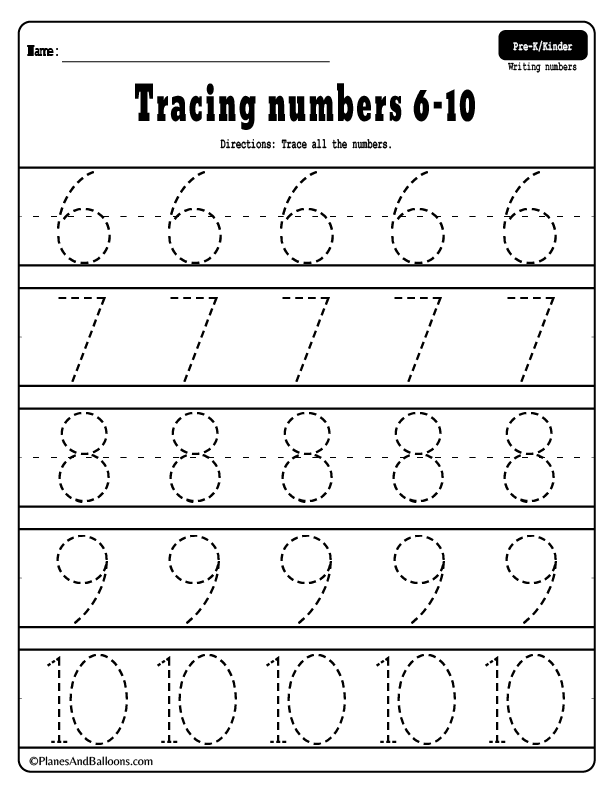 For preschool aged kids, these bubble guns are a fun way to let them make their own bubbles without getting frustrated.
For preschool aged kids, these bubble guns are a fun way to let them make their own bubbles without getting frustrated.View on Amazon.com ➜
-
15. Practice Letters with Alphabet Cards
Four is the perfect age to really start learning how to write and recognize letters. Letting your little one look at letters and practice writing them on their own is a great educational activity to ensure that they will be well prepared when it comes time to learn the alphabet in preschool or kindergarten.
View on Amazon.com ➜
-
16. Cool Off in a Kiddie Pool
On warm days, water activities are a great way to entertain your preschooler as well as instantly improve their mood. If you’re able to sit outside within a safe distance from the pool, you can let your little one enjoy splashing in a couple inches of water on their own.
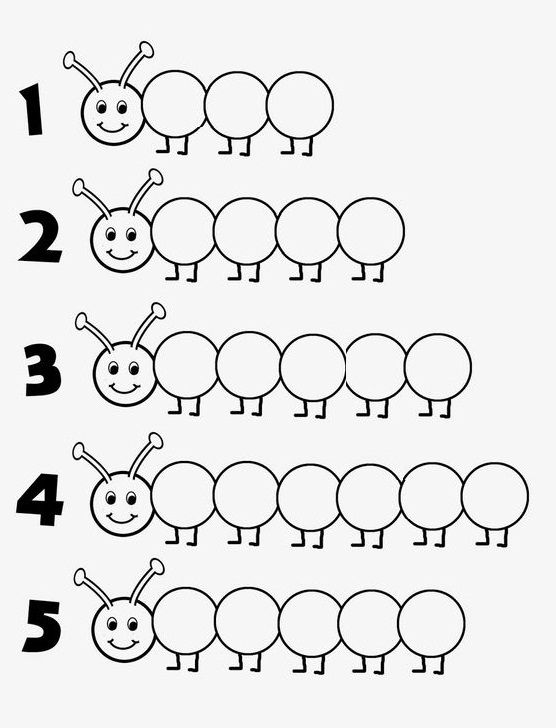 When you add some waterproof toys to this activity, it can keep your child happy and entertained for long periods at a time.
When you add some waterproof toys to this activity, it can keep your child happy and entertained for long periods at a time.View on Amazon.com ➜
-
17. Read and Learn with Books
Four is generally too young to know how to read entirely on their own, but it’s the perfect age to practice as well as imitate what they see. Flipping pages and looking at the different pictures is a great way to encourage dexterity as well as imagination and it will build good habits for your little one and foster a lifelong love of reading.
View on Amazon.com ➜
-
18. Play Backyard Sports
Sports are undeniably a wonderful activity for kids, but what you may not realize is that it doesn’t need to be an organized sport for it to be fun. Simply letting your little one play with balls, bats, or hoops in your backyard will be enough to encourage active play and foster a love of sports.
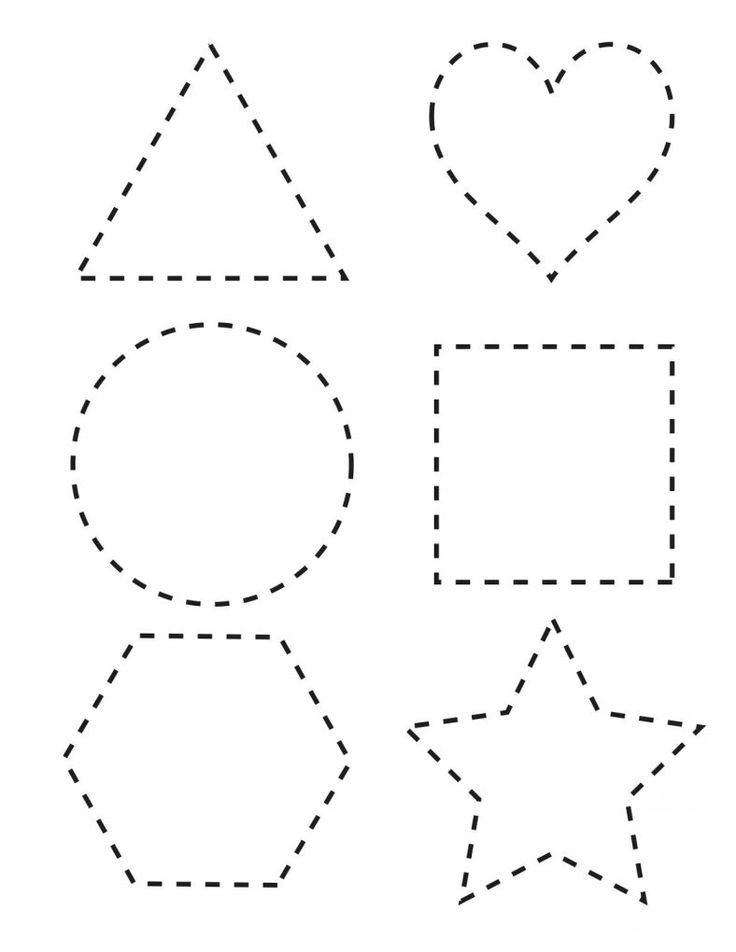 T-ball is a great sport that your little one can play entirely on their own so that you can enjoy some time to yourself.
T-ball is a great sport that your little one can play entirely on their own so that you can enjoy some time to yourself.View on Amazon.com ➜
-
19. Practice with Scissor Skills
Arts and crafts are more fun than ever before now that your preschooler is old enough to really participate in them. Kid-safe scissor activities are great for practicing dexterity and fine motor skills and it is a great way to let your preschooler have a little bit of freedom and independence.
View on Amazon.com ➜
-
20. Explore Nature
Curiosity both works with us and against us at this age, but activities that encourage our preschoolers to use that part of their brain can help to harness it in a productive way. A great activity for curious kids is to let them explore nature within your own yard.
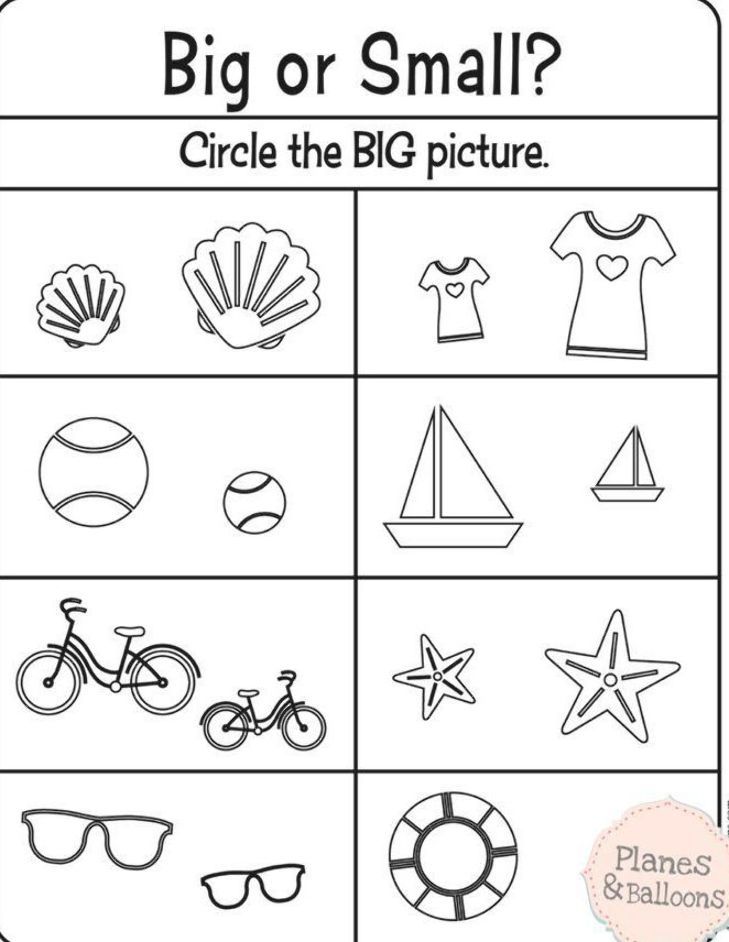 My son loves to find cool rocks, pretty flowers, and interesting-looking leaves and collect them in a shoebox.
My son loves to find cool rocks, pretty flowers, and interesting-looking leaves and collect them in a shoebox.View on Amazon.com ➜
-
21. Make Puppets
As we mentioned, arts and crafts are an awesome stimulating activity for preschoolers and making puppets is a great way to combine that with imaginative play as they make up a life for their puppet afterwards. Coming up with puppet shows after is another great activity that will last for a long time.
View on Amazon.com ➜
-
22. Make Marble Art
All you need for this activity is a Ziploc bag, some non-toxic paint, a piece of paper, and a couple of marbles. Just place the paper and a couple dollops of paint into a Ziploc bag, throw the marbles in and let your little one push the marbles around.
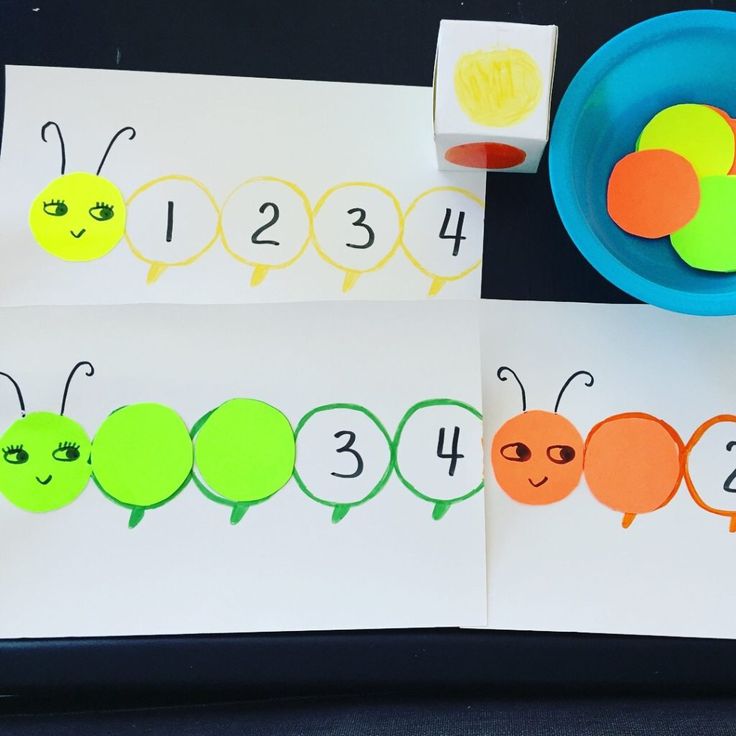 It creates a cool effect on the paper and it’s a non-messy way to let your preschooler finger paint.
It creates a cool effect on the paper and it’s a non-messy way to let your preschooler finger paint.View on Amazon.com ➜
7 Free Activities for Four-Year-Olds
If you are looking for activities that don’t require any additional supplies or if you want something that you can do with no notice, we have included some activities that you can do with items around your house.
-
1. Practice Letters
A simple way to let your preschooler practice recognizing and writing their letters is to just take a piece of paper and write an uppercase letter on it and then let your little one copy it. You can also do this activity with numbers depending on what you are working on.
-
2. Build a Fort
You can build a fort just using items around your home whether that be couch cushions, blankets, sheets, or kitchen chairs.
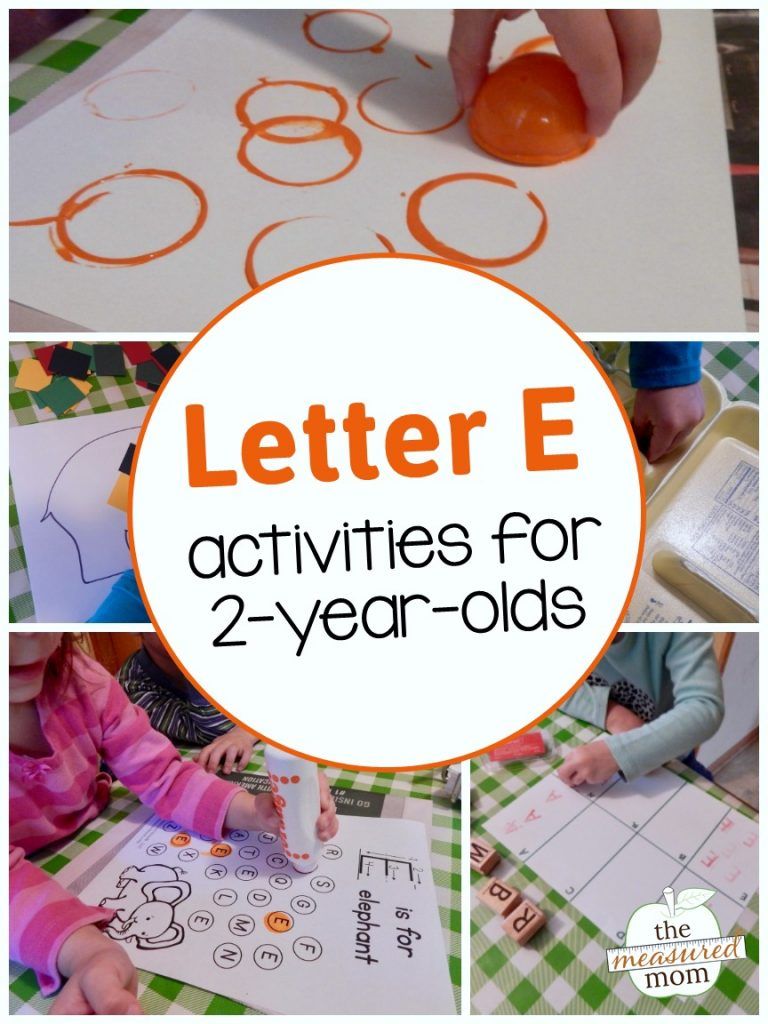 You can let your preschooler experiment with different shapes and structures and then they can enjoy reading or playing in their own private room.
You can let your preschooler experiment with different shapes and structures and then they can enjoy reading or playing in their own private room. -
3. Make Your Own Playdough
If you don’t want to purchase playdough, you can make it with a few simple ingredients. All you will need is flour, cream of tartar, water, food coloring, oil, and salt and simply mix the wet ingredients and dry ingredients separately. After they’ve been mixed separately, you combine the two and cook over medium heat until it resembles the correct texture. Then you can store it in an airtight container for endless fun!
-
4. Help with Chores
While this may seem like it would not be a fun activity, you might be surprised with how much your little one enjoys doing what they see you do.
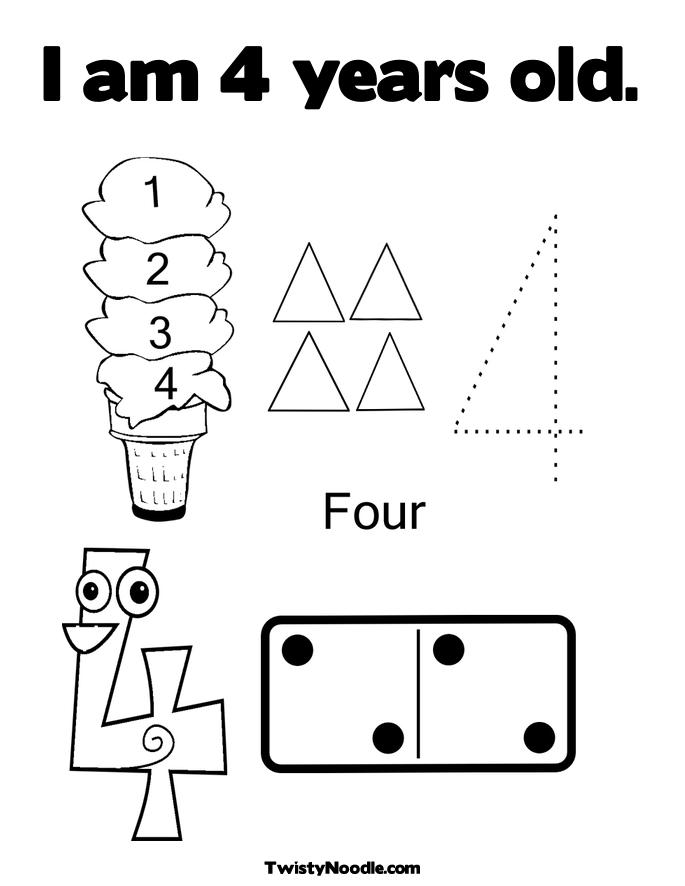 While doing housework, you can give your preschooler a damp cloth and ask them to clean something in the room you’re working in. Not only is this a great way to teach them to follow instructions, it also encourages them to learn life skills at a young age!
While doing housework, you can give your preschooler a damp cloth and ask them to clean something in the room you’re working in. Not only is this a great way to teach them to follow instructions, it also encourages them to learn life skills at a young age! -
5. Have a Scavenger Hunt
You can create a scavenger hunt list, complete with pictures, and let your little one run around your house and find objects. If you can write the list on durable paper, this is an activity that can be repeated over and over again. It is a great way to teach your preschooler to follow directions and complete tasks.
-
6. Have a Dance Party
If you’re okay with a little extra noise in your home, you can hold a dance party for your little one. Music in general is a wonderful developmental activity and your preschooler might even come up with some unique and creative instruments while they jam out.
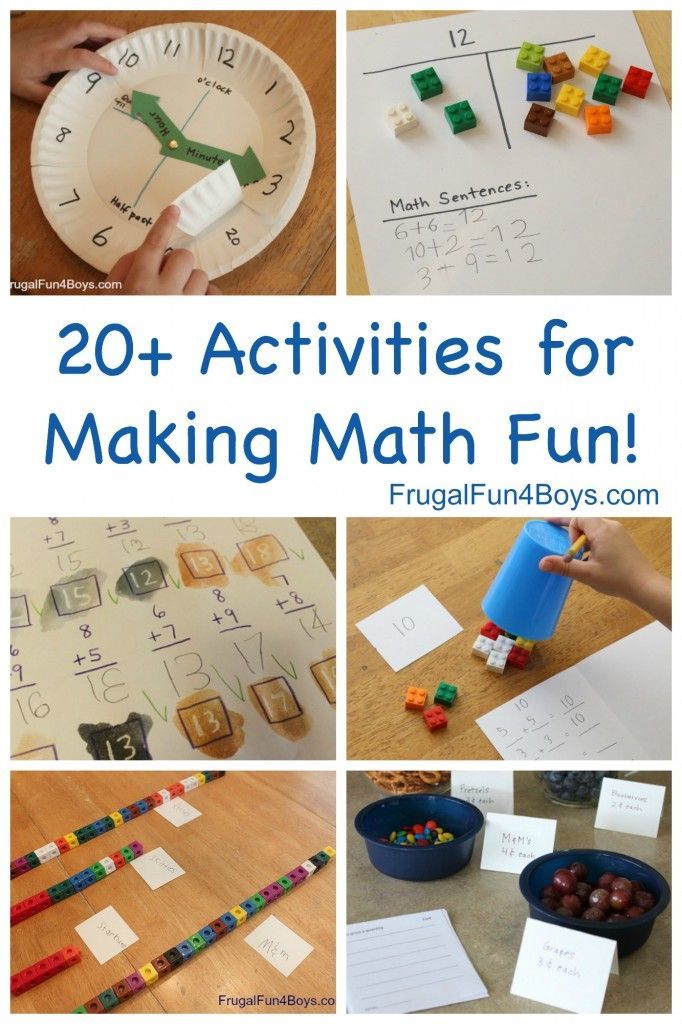
-
7. Make a Self Portrait
All you will need for this is a piece of paper, a mirror, and some sort of drawing utensils. You can set your little one up in front of the mirror and encourage them to draw themselves by what they see in their reflection. This is a great learning activity to encourage them to look at their own face and recognize parts of it while honing the fine motor skills necessary to draw details. Just be prepared that they will probably also use their imaginations and add details like rainbow hair or a third eye!
Conclusion
While it may be a daunting task to try to entertain an active and lively four-year-old while also trying to do all of the things that you need to accomplish in a day, that doesn’t mean it is impossible. It may even prove to be a fun challenge as you and your preschooler learn and play together and also as they learn how to self soothe and play independently.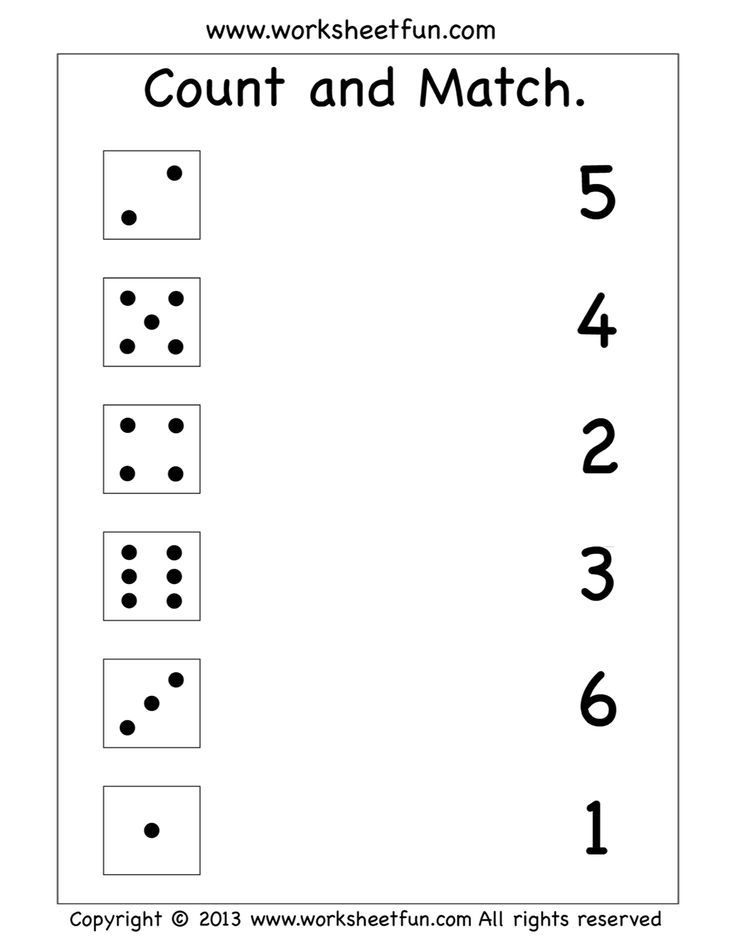 One or more of the activities on the list would be a great way to get started and help you figure out the best ways to entertain your little one while maintaining your sanity.
One or more of the activities on the list would be a great way to get started and help you figure out the best ways to entertain your little one while maintaining your sanity.
Educational activities and online games for children 4 years old from Kids Smart
Exciting games to develop logic, attention, memory and other skills for children 4 years old
17 698
tasks for children 4 years old
Attention and memory guess
Miracle cubes
Find a pair
Magic dots
Logic
Big and small
Complete the row
Find the extra
0002 Hot and coldHard and soft
Which is heavier?
Losses
Reading and a letter
Choose the letter
letters in about
alphabet
Differences and similarities
The same items
Find the shadow
Learning to be considered up to 5
ourselves in the order of up to 5,
,0002.Counting animals
Learning numbers from 1 to 5
Counting objects 9Ol000 by colors
Learning colors
Color shapes
Distinguishing colors
Learning to count up to 10
We count animals
Learning numbers from 0 to 9,
The composition of the number to 10
We count items
We count in order to 10
Funny account
Learning to be considered up to 20
We consider items
Learning to 10 to 10 to 10 to 10 to 10 to 20
Counting animals
Entertaining math
Subtraction (up to 10)
Addition (up to 5)
Addition (up to 10)
Comparison of numbers (up to 10)
Subtraction (up to 5)
English
Colors
Room
Animals
Toys
Pets
Musical instruments
Alphabetical order
attention and memory
Wash and guess
,Wonder Wira
Find a pair
Magic dots
Logic
Big and small
Complete the row
Find the extra
Hot and cold
Hard and soft
Which is heavier?
Losses
Reading and a letter
Choose the letter
letters in about
alphabet
Differences and similarities
The same items
Find the shadow
Learning to be considered up to 5
ourselves in the order of up to 5,
,0002.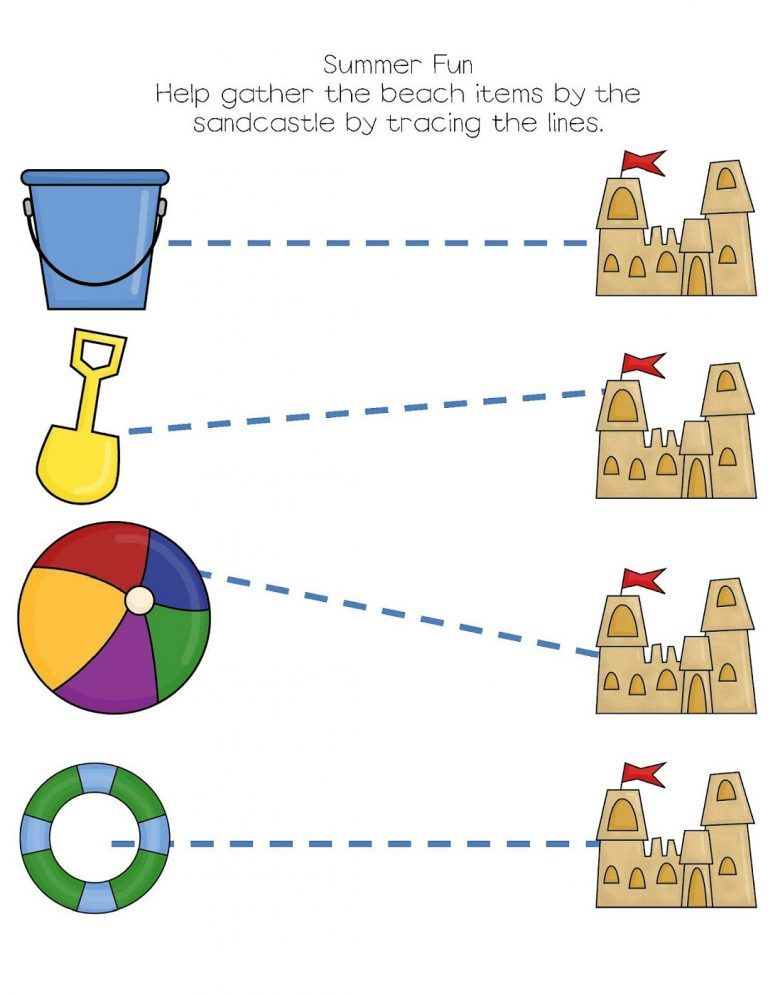
Counting animals
Learning numbers from 1 to 5
We consider items
Comparison
Narrow or wide
short or long
low or high
small or large
Picture
Pick the picture
Pack of Figures
Figures and subjects of
Study Shapes
Color Sorting
Learning Colors
Color Shapes
Recognizing Colors
Learning to consider up to 10
we consider animals
Learning numbers from 0 to 9,
The composition of the number to 10
We consider items
We count in order to 10
Fun. Learning numbers from 10 to 20
Counting animals
Entertaining math
Subtraction (up to 10)
Addition (up to 5)
Addition (up to 10)
Comparison of numbers (up to 10)
Subtraction (up to 5)
English
Colors
Rooms
Animals
Toys
Musical instruments
Alphabetical order 9000 9000 Many tasks!
A 4-year-old child develops rapidly and explores the world around him.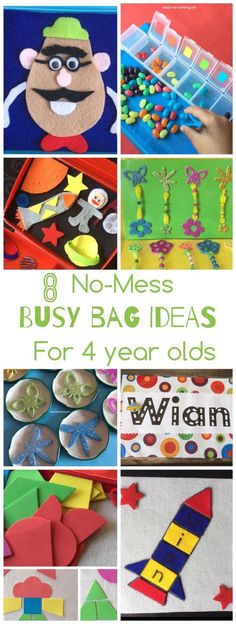 We advise your child to use our platform with educational games and online activities for children aged 4 years , aimed at training and improving memory, developing logical thinking and concentration. Our team has prepared and distributed by subject a large number of interesting and developing exercises and games for children of four years. In each subject, tasks are grouped by topic for easy navigation through the system during training. All exercises are divided into three levels of difficulty, which gradually increases.
We advise your child to use our platform with educational games and online activities for children aged 4 years , aimed at training and improving memory, developing logical thinking and concentration. Our team has prepared and distributed by subject a large number of interesting and developing exercises and games for children of four years. In each subject, tasks are grouped by topic for easy navigation through the system during training. All exercises are divided into three levels of difficulty, which gradually increases.
Be proud of your success!
Every child will be able to find bright, interesting and educational tasks in our Kids Smart online service. These are various tasks for counting, logic, imagination, learning colors and shapes. A four-year-old kid will like colorful tasks in a playful way, this is the value of educational games - to develop effortlessly.
If the exercises are completed correctly, the child will receive prizes and medals.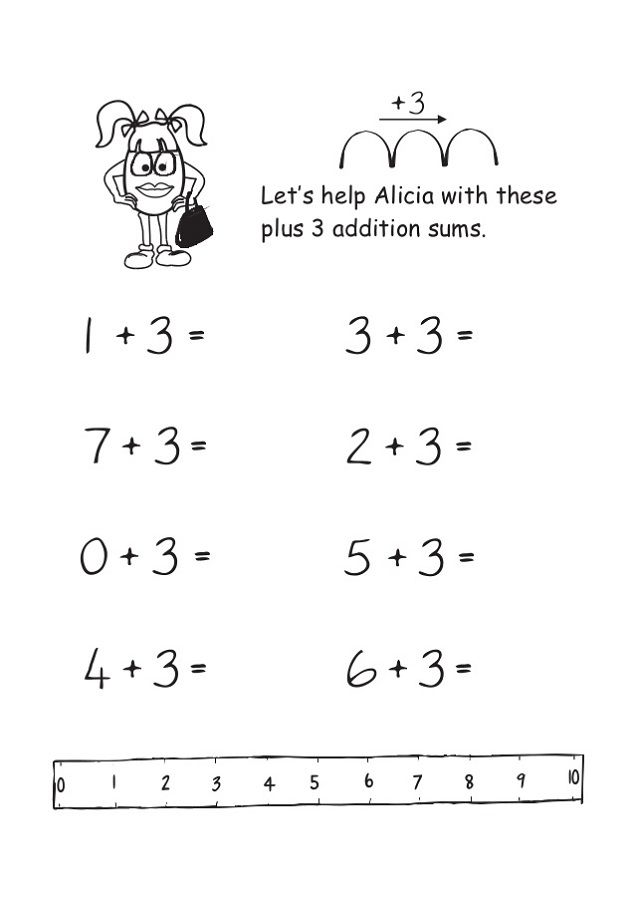 And the system will reward the most diligent students with diplomas.
And the system will reward the most diligent students with diplomas.
Development of the necessary skills!
Educational activities and games online for children 4 years old is a whole range of cognitive and useful tasks for a child. Recall that the regularity of classes is a very important factor in the harmonious development of children. We recommend doing 10-15 minutes at a time. Get involved in the process of the game, support the baby's initiative for learning, but at the same time, let him make his own decisions when choosing an answer. If something is unclear, please explain. Thus, during the game, a child at 4 years old will develop mental activity, the ability to overcome difficulties and independence.
Fun and useful games!
We have added elements of the game to the learning process to make it easier and more understandable for the child to perform exercises, and also not to be distracted during classes, because the game is always interesting and exciting.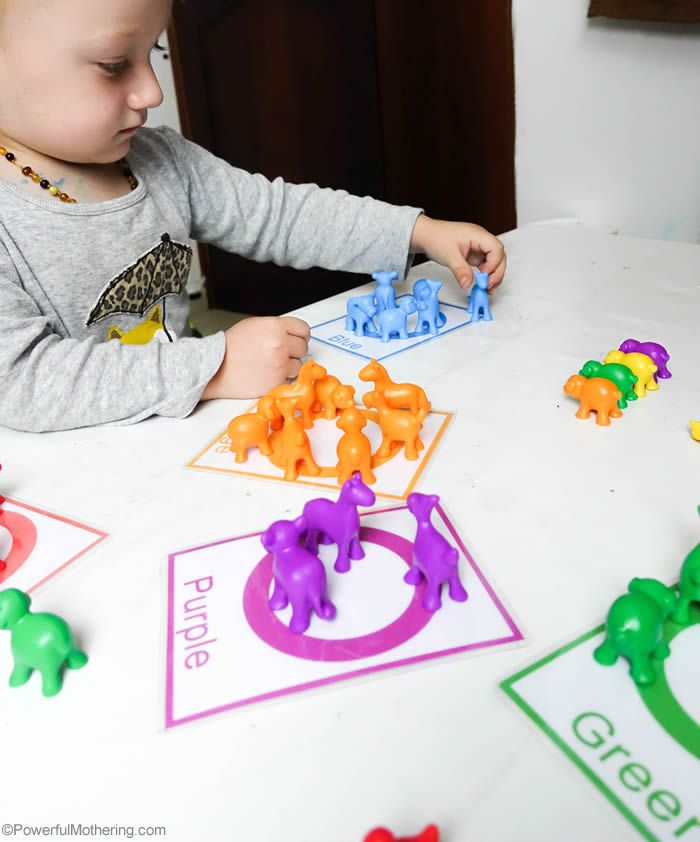 Starting to practice educational games from early childhood is a great opportunity to prepare a four-year-old child for school and acquire skills that will be useful to him in the future. Try to start exercising with us - it's simple, easy, fun, and most importantly, very useful.
Starting to practice educational games from early childhood is a great opportunity to prepare a four-year-old child for school and acquire skills that will be useful to him in the future. Try to start exercising with us - it's simple, easy, fun, and most importantly, very useful.
Forgot your password?
Enter the email address you used during registration and we will send instructions to reset your password.
{{ forgotPassword.email.error }}
Login Register
Welcome!
Please enter your login information:
{{ login.email.error }}
{{ login.password.error }}
Forgot your password? Registration
Children aged 4 to 5
Children from 4 to 5 years old
Development of Children from 4 to 5 years old. You are in the section "Children from 4 to 5 years old".
In this section, we will help you find out and determine the level of development of your child, namely, what your child should know and be able to do at the age of 4 to 5 years.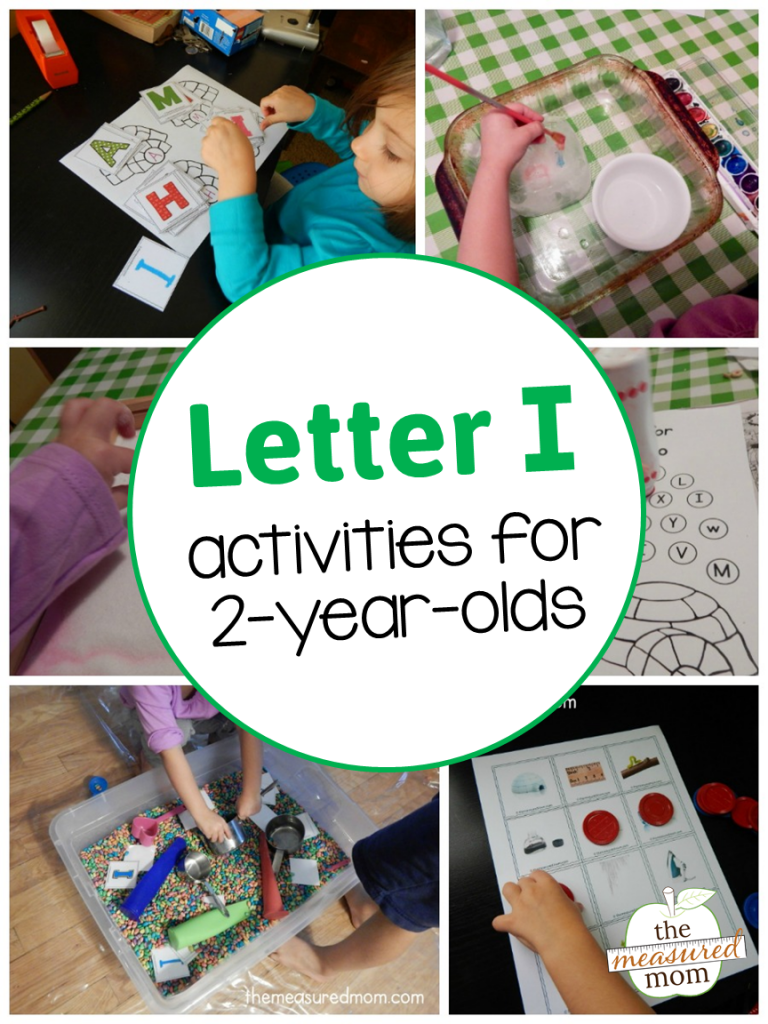
What a 4 year old should know and be able to do.
This article is for your reference and gives approximate norms for the degree of formation of your child's mental processes at this age. You can check his potential in different areas of knowledge, find out in which areas of knowledge your child succeeds, and in which additional attention and time are required.
In this section "Children from 4 to 5 years old" we have collected all the material published on our website, which will help you and your child to study, prepare for the next, more in-depth stage of classes.
Materials for your classes you can use at home, in kindergarten or in elementary grades.
Mathematics
A child aged 4 to 5 should be able to:
1. The child should be able to determine the location of objects: on the right, on the left, in the middle, above, below, behind, in front.
2. The child must know the basic geometric shapes (circle, oval, square, triangle and rectangle)
3.The child must know all the numbers (0, 1, 2, 3, 4, 5, 6, 7, 8, 9). Count items within ten, correlate the number of items with the desired number.
4. The child must be able to arrange the numbers from 1 to 5 in the correct sequence and in reverse order.
5. The child must be able to compare the number of objects, understand the meaning: more - less, equally. Make Unequal Item Groups Equal: Add one item to a group with fewer items.
6. The child gets acquainted with the graphic image of the number, learns to write numbers correctly.
Study aids:
1. Cards Teaching the child to count
2. Connect the numbers and color the picture
3. The game is learning geometric shapes
4. Introducing the child to Geometric shapes
5. Cards with numbers from 0 to 50 6 . Cards "which number is superfluous"
7. Game for learning Geometric shapes
8. Copy Numbers
9. Write numbers
10. Cards with numbers-coloring
11.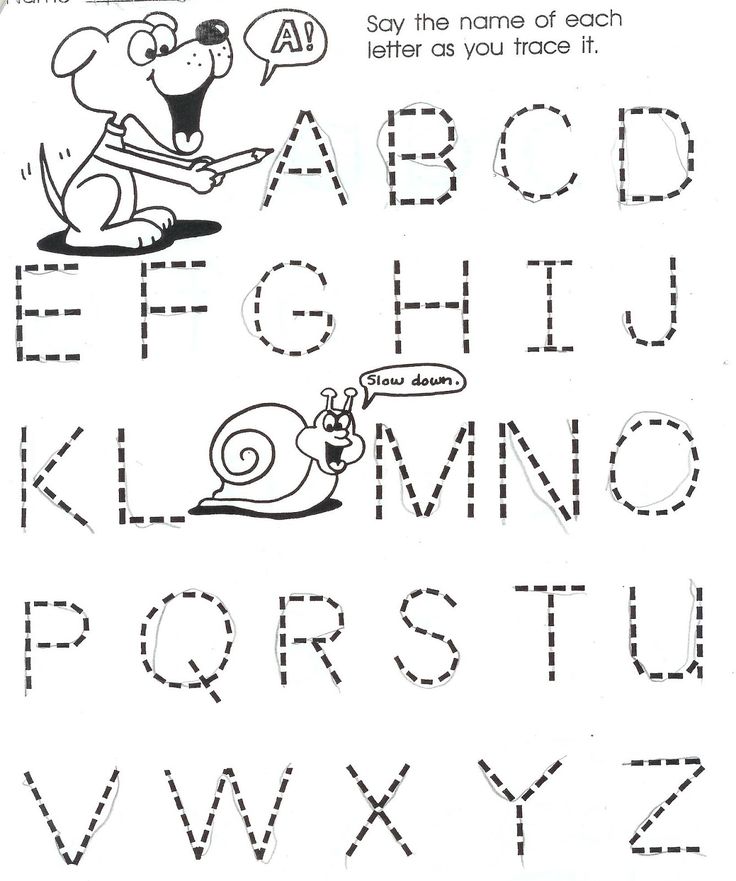 Puzzles-triple geometric shapes
Puzzles-triple geometric shapes
12. Puzzles-triple numbers and Counting
13. Geometric shapes. Developing memory
14. Geometric shapes. Developing Fine Motor Skills
15. Learning Geometric Shapes
16. Math Copybook
17. Learning to Count. Developing memory with geometric shapes
22. Correlate the number with the number
23. Entertaining tasks in mathematics
24. Orientation in space. Before and After
25. Cards with Numbers
26. Puzzle Score from 1 to 10
27. Math with Dice
28. Didactic Math Games
29. Puzzle Count from 1 to 10
30. Math for Kids with Dice
Logical thinking
- Development of Thinking, Memory, Attention
A child aged 4 to 5 years should be able to:
1. The child should be able to find differences and similarities between two pictures (or between two toys).
2. The child must be able to fold according to the model of the building from the designer.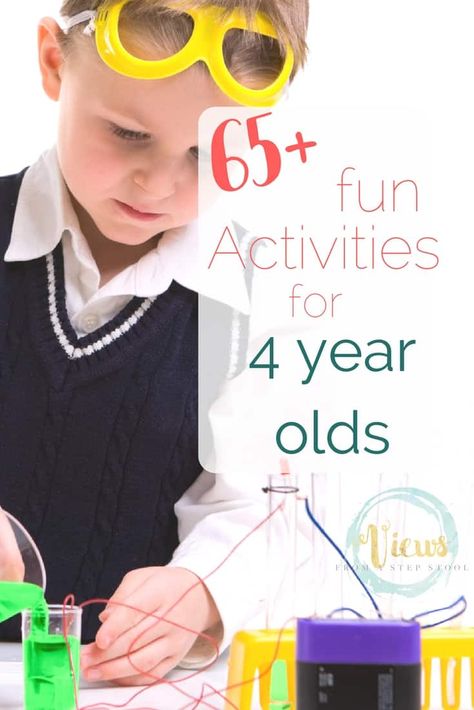
3. The child should be able to put together a cut picture from 2-4 parts.
4. The child must be able to complete the task within 5 minutes without being distracted.
5. The child must be able to fold the pyramid (cups, putting them into each other) without assistance.
6. The child must be able to insert the missing fragments of pictures into the holes.
7. The child should be able to call a group of objects with a generalizing word (cow, horse, goat - domestic animals; winter, summer, spring - seasons). Find the extra item in each group. Find a match for each item.
8. The child should be able to answer questions such as: Is it possible to go sledding in summer? Why? Why wear warm jackets in winter? What are windows and doors for in a house? Etc.
9. The child should be able to choose opposite words: a full glass - an empty glass, a high tree - a low tree, go slowly - go quickly, a narrow belt - a wide belt, a hungry child - a child full, cold tea - hot tea, etc.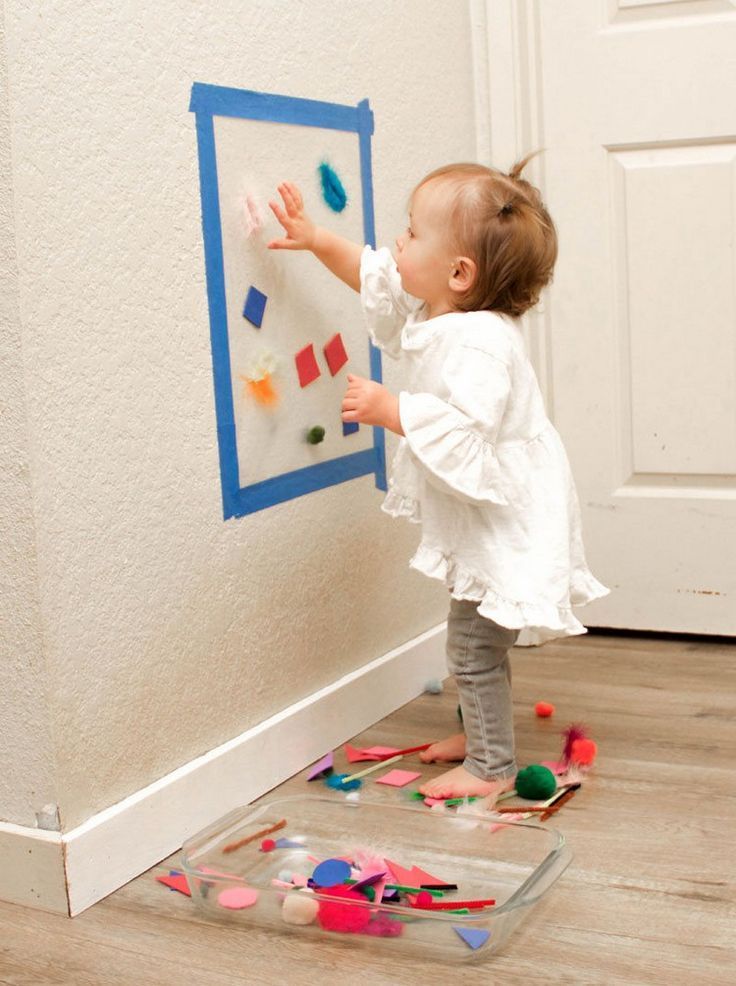
10. A child should be able to memorize pairs of words after being read by an adult: glass-water, girl-boy, dog-cat, etc.
11. The child should be able to see incorrectly depicted objects in the picture, explain what is wrong and why.
Study aids:
1. Find the extra object cards
2. Find the extra object cards. Part 2
3. Cards from the series find a pair
4. Find a shadow in the picture
5. Develop logical thinking
6. Big-small cards
7. Puzzles
8. Krasnoukhov's puzzle
9. Logic coloring
10. Development of Attention
11. Development of Thinking
12. Development of Memory
13. Development of Memory. 15. Add the missing object
16. Game in opposites (Antonyms)
17. Entertaining activities with the child
18. We orient ourselves in space. Right and Left
19. Game - "What is What?"
20. Game Catch a fish
21. Association Game: Find a Pair
22.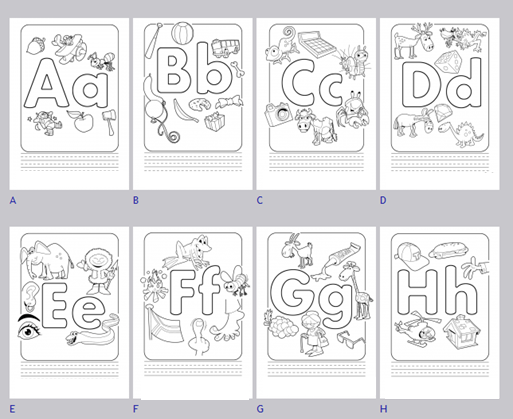 Game to Develop Memory and Attention
Game to Develop Memory and Attention
23. Coloring Book for Children about Horses
24. Guess Whose Shadow
Development of Speech
Child aged 4 to 5 years must be able to:
1. The child must use a thousand words, build phrases from 6-8 words. Even strangers, and not just parents, should understand the child.
2. The child must understand how the structure of a person differs from the structure of animals, name their parts of the body (hands - paws, nails - claws, hair - wool).
3. The child must be able to correctly put nouns in the plural form (flower - flowers, girl - girls).
4. The child must be able to find an object according to the description (apple - round, sweet, yellow). Be able to independently write a description of the subject.
5. The child must understand the meaning of prepositions (in, on, under, behind, between, in front of, about, etc.).
6. The child must know what professions are, what people in these professions do.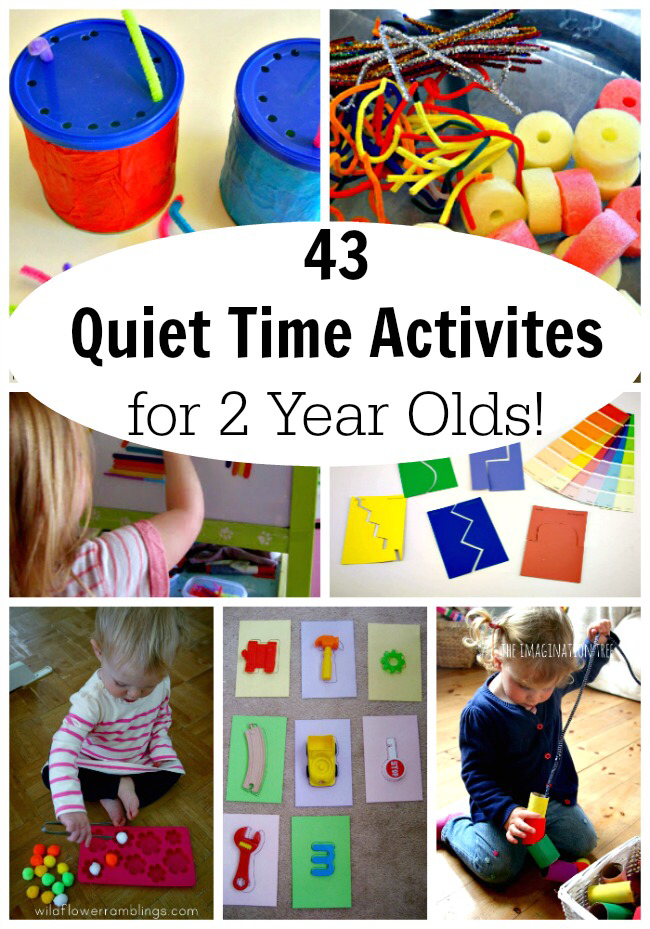
7. The child must be able to maintain a conversation: be able to answer questions and ask them correctly.
8. The child must be able to retell the content of the heard fairy tale, story. Tell by heart a few poems, nursery rhymes.
9. The child must give his name, surname, how old he is, name the city in which he lives.
10. The child should be able to answer questions about recent events: Where were you today? Who did you meet along the way? What did mom buy at the store? What were you wearing?
Study aids:
1. Letters of the Alphabet Puzzle
2. Studying the letter A. What the letter A looks like.
3. Learning vowels
4. Alphabet in the form of cards
5. How to teach a child to read by syllables
6. Learning to Read. Part 1
7. Learning to Read. Part 2
8. Learning to Read. Part 3
9. Colored Letters of the Alphabet
10. Unique Alphabet by Letters
11. Lotto learning Letters
12.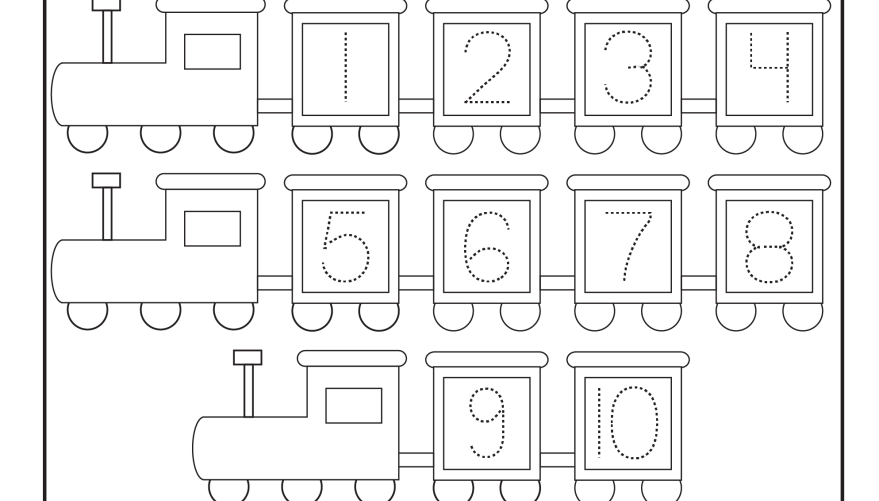 Cards with Letters and a Picture
Cards with Letters and a Picture
13. Pure words
14. Rhymes and Rhymes 10
16. Reading and Slogs5 Collect the Word from the Picture and Letters
17. Cards - What Letter does the Word Begin with
18. Collect the Word from the Picture and Letters. Didactic Game
The world around
A child aged 4 to 5 should be able to:
1. The child should be able to distinguish between vegetables, fruits and berries, to know what they are when they ripen.
2. The child must know the names of insects, be able to talk about how they move (a butterfly flies, a snail crawls, a grasshopper jumps)
3. The child must know all domestic animals and their cubs.
4. The child should be able to guess the seasons from the pictures. Know the signs of each of them.
Study aids:
1. Body parts cards
2. Vehicle cards
3. Fruit cards
4. Vegetable cards
5.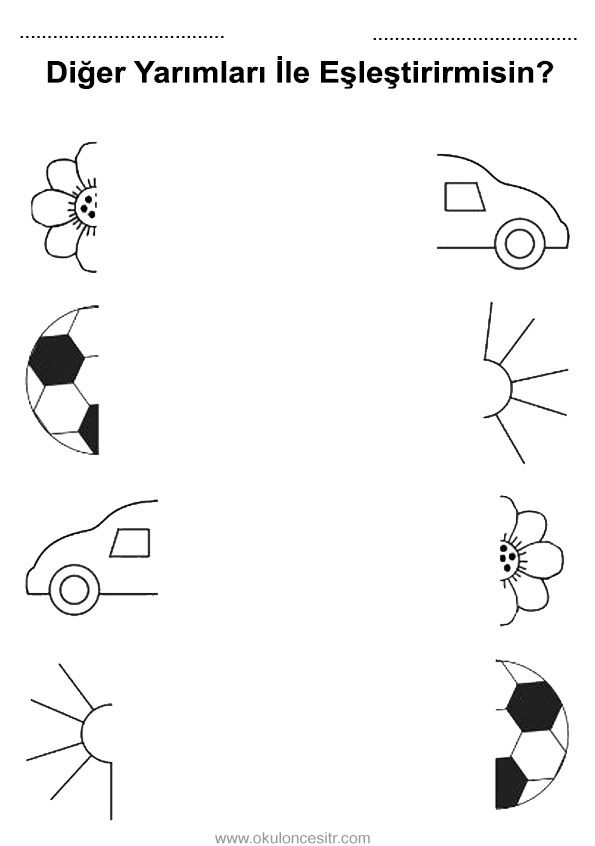 Color cards
Color cards
6. Cards 9005 Furniture animals and what they eat"
8. Cards "Clothes and Shoes"
9. Cards Animals and Birds
10. Profession cards
11. Structure of Tree and Leaves
12. Season Autumn
13. Season Winter
14. Season Spring
15. Season Summer
16. Cards learning Colors
17. Winter month - December
18. Winter month - January
19. Winter month - February
20. Lessons on the theme of Winter
21. Fruits and berries. Learning and coloring
22. Vegetables. Learning and coloring
23. Fruits and Berries (coloring cards)
24. Vegetables (coloring cards)
25. Spring month - March
26. Spring month - April
Household skills
A child aged 4 to 5 should be able to:
1. The child already perfectly fastens buttons, zippers and unties shoelaces, a spoon and a fork obey him well.
2. The child must be able to string large buttons or beads onto a thread.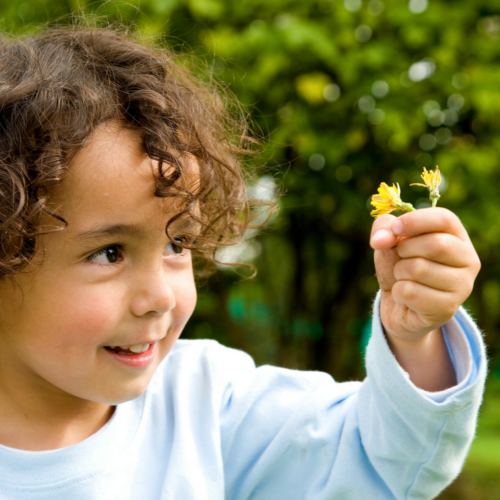
3. The child must be able to accurately draw lines without lifting the pencil from the paper.
4. The child should be able to shade figures with even straight lines, without going beyond the contours of the picture.
5. The child should be able to trace and color pictures without leaving the edges.
6. The child must be able to draw lines in the middle of the track without going beyond its edges.
7. The child must distinguish between the right and left hand.
Training aids:
1. Stencils for drawing
2. How to teach a child to tie shoelaces
3. Outline and color
4. Tic-tac-toe game in a new way
5. Signs and Properties of objects
6. Flowers
7. Getting to know the concepts: Right, left, top, bottom
8. Studying the Clock
9. Book My House
10. Parts of the Human Body
11. Recipe for Lefties
12. Game Catch a Fish
13. Bus for Little Ponies
14.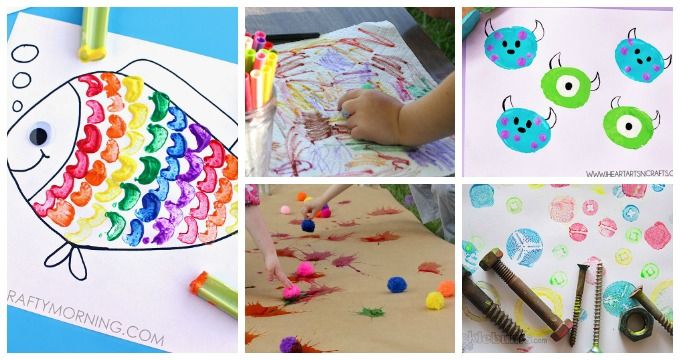 Game - all Professions
Game - all Professions
15. My House. Components of a house.
16. Plasticine and beads
17. Board game Tell me about your city
18. Children's Counting
19. Colored Cardboard Caterpillar
20. Learning colors with Ice Cream
21. DIY Button Applications
22. Christmas Tree Cones
23. Cheerful Chupa-Chups
24. Learning the Days of the Week
25. How to teach a child to jump rope
26. How to teach a child to clean his room
English
A child aged 4 to 5 can be introduced to English.
Use parent and teacher guides for teaching English to children aged 4 to 5.
Study aids:
1. English Letter Puzzle
2. Cards with letters of the English alphabet
3. Card numbers in English
4. Cards Fruits and Berries
5. Cards with English words. Part 1
6. Cards with English words. Part 2
7. Furniture cards in English
8.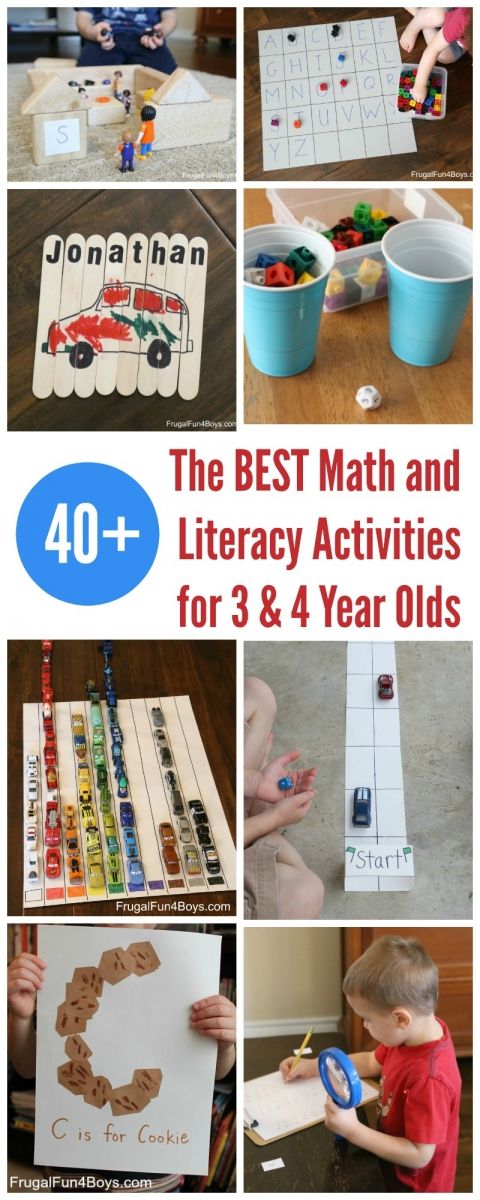 Household appliances cards
Household appliances cards
9. Clothes cards
10. Vegetable cards in English
11. Months cards in English
12. Transportation cards in English
13. Large puzzles and Small letters of the English alphabet
Read also the article for Parents What you need to know about Child Development.
Find out what a child should know and be able to do by age. Take advantage of the training aids offered by our website.
Child development calendar up to 1 year (by months)
Child from 1 to 2 years old
Child from 2 to 3 years old
Child from 3 to 4 years old
Child from 5 to 7 years old
Our Partners - DELIVERY AROUND THE WORLD!
Main page
Subscribe to: Messages (Atom)
-
Hard and soft consonants
Use flashcards to teach your child to tell when consonants are soft and hard. Blue - solid Green -
-
Russian Alphabet Color Cards
Russian Alphabet Color Cards.
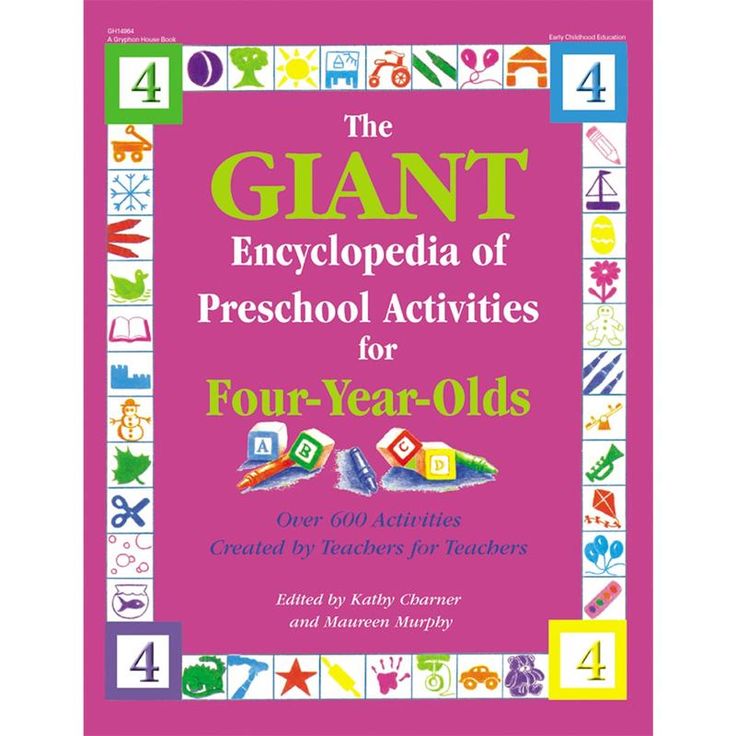 Each card with a letter has a picture starting with that letter. With these cards you can ...
Each card with a letter has a picture starting with that letter. With these cards you can ... -
Syllables. Making words from syllables
Syllables. Making words from syllables. Download free flashcards with letters and syllables. There are 20 cards in total. Letters and syllables for children. Cut...
-
Pictures with the image of Clothes and Shoes
Pictures with the image of everyday clothes and shoes, Clothes, Shoes, clothes cards, Shoes cards. Thematic cards "Clothes"
-
Connect the numbers and Color the picture
Learning numbers and counting with your child? How to fix the passed material? Consolidation of the material covered can be turned into an interesting and r...
-
Educational cards for games with children
Today we will get acquainted with the original way of making educational cards for activities with children from 1 year old at no special cost. Interesting..
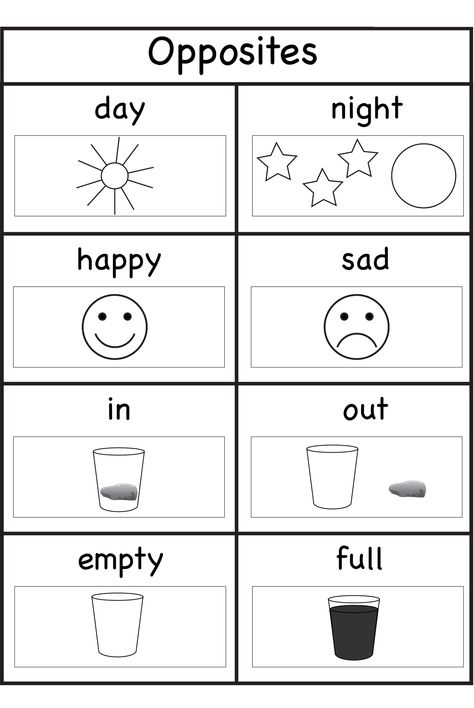
Learn more

